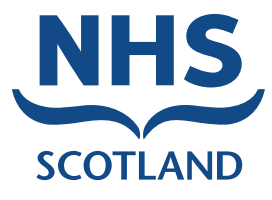Supporting the local health system during COVID-19
In response to the COVID-19 pandemic, a shift in patient behaviour saw a reduction in urgent care activity and an increase in primary care demand.
In May 2020, our Urgent Care Centre service in Bracknell (BUCC) was suspended to allow the skills and expertise within our workforce to be redeployed and utilised in Primary Care, to support with increasing demand and operational pressures being experienced.
We collaborated with our Commissioners, and system partners including the local Primary Care Networks, and the Extended Access provider to identify local population health needs. This resulted in the codesign of Integrated Urgent Care Pathways, which aimed to enable patients from across the locality to access care for their on-the-day urgent needs, whilst freeing up General Practice resource to focus on those with more complex needs.
The Integrated Urgent Care Pathways included an acute home visiting service, an acute illness clinic, and a dedicated paediatric clinic, segregated into ‘hot’ and ‘cold’ to ensure those with COVID-19 symptoms were assessed and managed in a COVID-19 secure pathway.
Since January 2021, the pathways have expanded and now include a Scheduled Minor Injury Pathway service. This pathway provides NHS111 with an access point, alternate to Accident and Emergency, for those with injuries.
Since January, this pathway has continually evolved and now caters for Paramedic referrals from the South Central Ambulance Service, and referrals from the local Primary Care system and is integrated with the Clinical Assessment Service (CAS).
Our team of specialist injury clinicians can identify patients on the CAS list that require assessment, and pull them into our pathway. This helps to support Accident and Emergency attendance avoidance and has been hugely successful.
On average, 18 patients per day are pulled from the CAS queue and managed by our team, reducing pressures across the wider Urgent and Emergency Care system. More recently, the pathway has adapted to include remote assessment provision through telephone or video assessment. Approximately 50% of patients pulled from the CAS have their care needs met without the need for physical attendance, improving patient experience.
Once these pressures reduce as COVID-19 case rates reduce and vaccination uptake increases, we will review with our Commissioners and system partners to evaluate how our workforce and urgent care service can best support the changing health needs of the local population. A population health management approach will help us achieve this.








